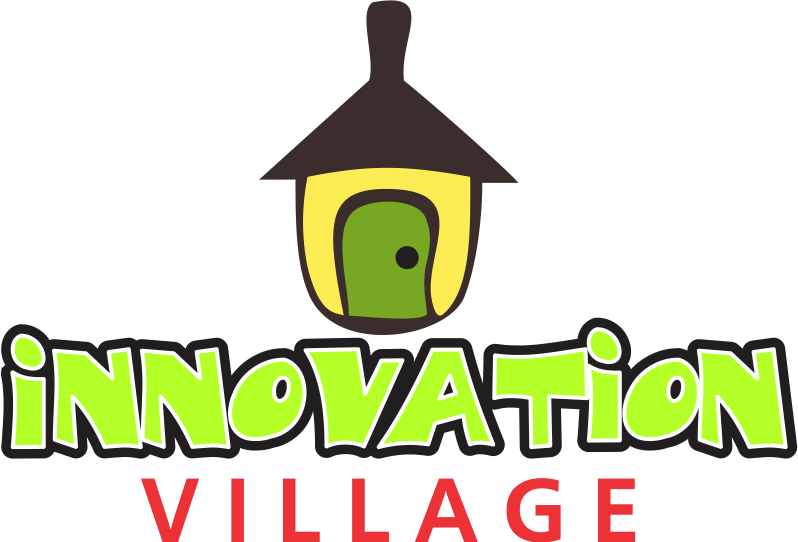SpaceX’s Starlink Direct to Cell has officially become the largest 4G coverage provider in the world, delivering uninterrupted connectivity to millions of LTE phone users across five continents. Designed to reach areas beyond the limits of traditional cell towers, the satellite-based system allows users to stay connected anywhere under the open sky—on land, at sea, or in remote regions far from terrestrial networks.
Launched in 2024, Starlink Direct to Cell initially supported text messaging before expanding in 2025 to include data and Internet of Things (IoT) connectivity. Voice services are expected to roll out soon through mobile applications. Unlike traditional satellite systems, the service requires no extra hardware, firmware upgrades, or special apps. Any standard LTE phone can connect directly to Starlink satellites, offering seamless mobile coverage wherever visibility to the sky exists.
Starlink’s satellite network has already demonstrated its critical impact. In New Zealand, a woman trapped at a car crash site in a network dead zone was able to text for help via Starlink, enabling emergency responders to arrive quickly. Across the United States, during hurricanes, wildfires, and floods, more than 1.5 million people were able to send and receive emergency messages when terrestrial networks were down. These incidents highlight how Starlink’s satellite-to-phone service is bridging vital communication gaps in times of crisis.
Each Starlink Direct to Cell satellite functions as an orbiting cell tower, equipped with an onboard eNodeB modem. The satellites are linked via laser connections, forming a low-latency, high-speed global network. Through advanced phased array antennas, Starlink enables direct communication with mobile operators, allowing users to roam seamlessly between regions without losing service. This model extends carrier reach without the need for costly infrastructure development.
Despite progress in global mobile coverage, over half of the world’s landmass remains unserved by terrestrial networks. Starlink aims to close this gap by deploying its next-generation satellite constellation, which connects instantly to the main Starlink network through laser backhaul. The initiative is supported by partnerships with leading mobile operators across five continents, including T-Mobile (USA), Optus and Telstra (Australia), Rogers (Canada), KDDI (Japan), Salt (Switzerland), Entel (Chile and Peru), One NZ (New Zealand), and Kyivstar (Ukraine).
Beyond personal connectivity, Starlink’s Direct to Cell technology is also accelerating IoT adoption. It enables global IoT connectivity for industries such as energy, agriculture, logistics, and maritime transport—connecting millions of devices in areas with no traditional signal coverage. Supporting standard CAT-1, CAT-1 Bis, and CAT-4 modems, the system ensures full compatibility without specialized devices.
By merging space-based communication with terrestrial networks, SpaceX is redefining the boundaries of mobile technology. As more satellites enter orbit and services expand to include full data, IoT, and voice capabilities, Starlink Direct to Cell is setting a new benchmark for global connectivity—bringing reliable, borderless communication to every corner of the planet.


